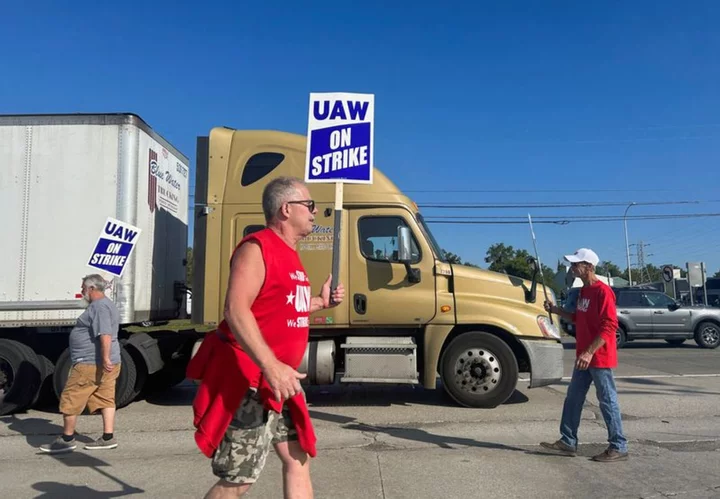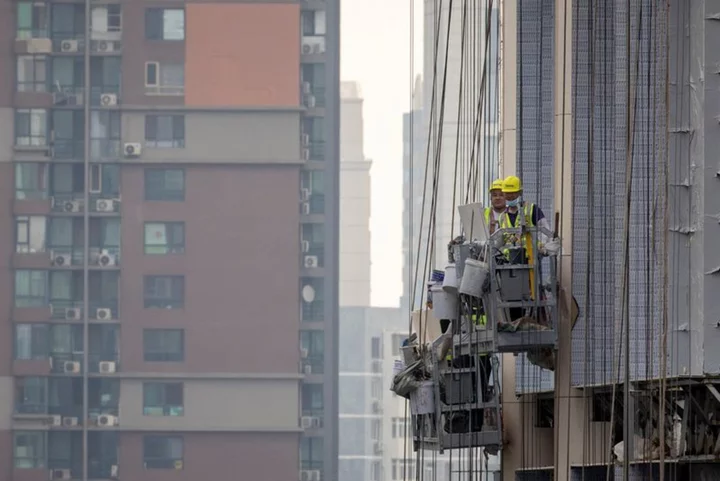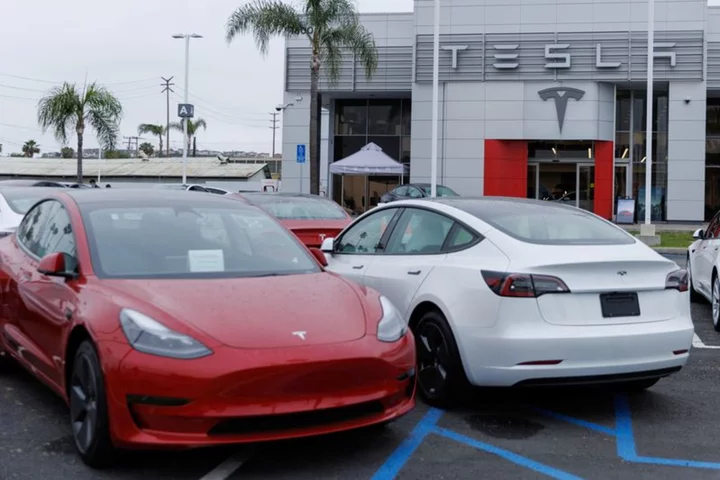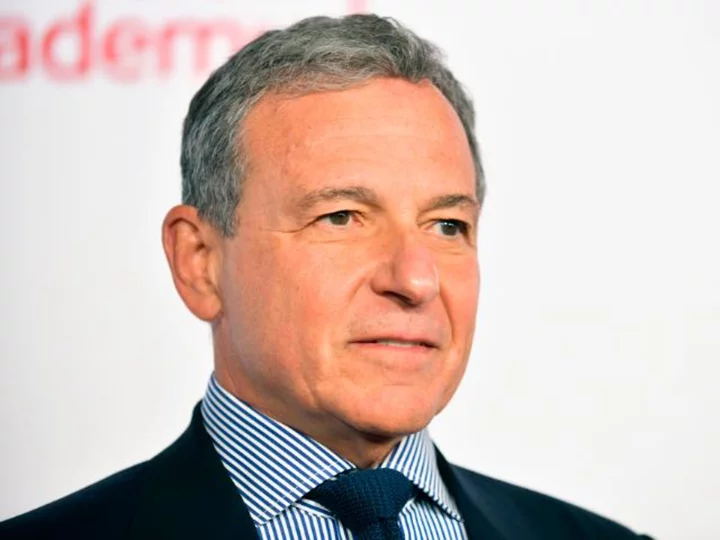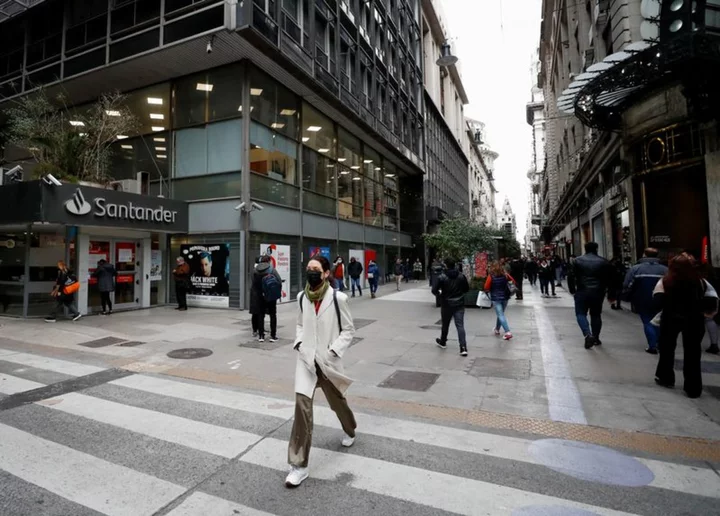By Howard Schneider
WASHINGTON U.S. Federal Reserve officials, who have tentatively embraced the possibility they can squelch inflation without a recession, meet this week with an autoworkers strike, a possible federal government shutdown, and a student loan squeeze on consumers posing new risks to that best-case outcome.
The United Auto Workers launched a strike against all three major automakers on Friday with an initial walkout of around 13,000 employees at three plants, but those numbers could grow. Federal elected officials have only until Sept. 30, when current spending authorizations expire, to come up with a deal or federal agencies will have to shutter, and congressional Republicans have stymied negotiations. Student loan repayments restart in October after a three-year suspension during the COVID-19 pandemic.
In isolation, none would likely shift policymakers' sense of the short-term risks or change their focus on quelling still-elevated inflation.
But with the economy already expected to slow over the final months of the year, prolonged disruptions in the auto industry and at federal agencies could have unpredictable results: Sapping consumer spending, possibly pushing up car prices in a blow to the Fed's inflation fight, and producing the sort of knock to business and consumer confidence that could spell the difference between a "soft landing" and a downturn.
A "POTHOLE" AHEAD?
With millions of consumers also facing the renewal of student loan payments in October that will divert from other spending, Goldman Sachs economists have tempered their generally bullish outlook with warnings of a fourth-quarter "pothole" that could knock more than a percentage point from gross domestic product growth.
By Goldman's estimate the economy would still be growing at a 1.3% annual rate at that point. But the amounts they see sliced from GDP are more than the 1% growth rate Fed officials expected the economy to muster as of June, and beyond many private forecasts as well.
With aggressive Fed interest rate hikes still working their way through the economy, banks tightening credit, and consumers reaching the end of pandemic-era savings, it may not take much to jolt the economy off course, said Vincent Reinhart, chief economist at Dreyfus and Mellon and former head of the Fed's monetary policy division.
As an added risk, Reinhart said the drawdown of the Fed's balance sheet is now reaching levels that could unexpectedly tighten financial conditions.
"Recession comes from shocks relative to the vulnerability of the economy. If you are late in a tightening cycle, the funds rate is restrictive, the buffers have been worked down, then you are more vulnerable," he said. "These types of events would have been waved off a year ago."
With the Fed already expected to leave its policy rate at between 5.25%-5.5% at its Sept. 19-20 meeting, any emerging risks may do little more than shift the atmosphere and language around the meeting.
Central bankers at this point have been offering little guidance about upcoming decisions anyway. They are likely near the end of rate increases they began in March of 2022 to fend off high inflation but are not ready to say with any certainty that rates have peaked, or indicate when they might be cut - in part because they are divided about the next steps.
Over recent months economic data has generally worked in the Fed's favor, with inflation ebbing even as the economy continues to grow above trend and add a healthy number of jobs each month.
But shutdowns of two major sectors - with potentially as many as 146,000 auto workers striking and perhaps 800,000 federal employees without paychecks - will chip away at growth and confidence every week they continue.
Analysts are concerned the stage could be set for lingering disputes on both fronts.
"The unique circumstances this time around mean any strike impact could be particularly damaging," with auto supply chains still tangled from the pandemic and bargaining expected to be intense as workers try to regain ground lost to inflation amid record industry profits, said Michael Pearce, lead U.S. economist for Oxford Economics.
A widening strike could cut vehicle production by a third, and, accounting for the spinoff effects throughout the economy, shave as much as 0.7 percentage point from growth for as long as it continues - a large amount for an economy where trend growth is estimated at about 1.8% a year.
While some government shutdowns have been brief, the last one in late 2018 to early 2019 lasted five weeks, which by Goldman's estimates of 0.2 percentage point of GDP lost per week would cut another 1% from annualized output.
The dynamics are hard to predict - some analysts suggest the blow to consumer spending could even help the inflation fight - and these sorts of events often end up slowing growth in one period only for it to rebound later as workers receive back pay and higher wages.
A Congressional Budget Office report on the last government shutdown found little lasting impact.
But inflection points, when households and businesses start to retrench all at once, are also tricky to anticipate. Some economists say the resumption of student loan repayments for tens of millions of borrowers may already be reshaping behavior.
Pantheon Macroeconomics' Ian Shepherdson and Kieran Clancy noted this week that a jump in payments to the U.S. Department of Education coincided with a drop in online searches "for 'plane tickets', 'restaurant reservations', and 'new cars'," with the daily headcount of airline passengers dropping and other hard data "offering no hint of any near-term improvement."
Even though retail sales rose more than expected in August, it was almost all due to higher gasoline prices. Other sales rose by just 0.2%.
If the economy does take a turn, Reinhart said, the Fed won't mount a rescue until the inflation fight is finished, keeping further pressure on firms and families with high interest rates.
"They've been living with recession risk," he said. "They've been prepared for it for a year and a half."
(Reporting by Howard Schneider; Editing by Dan Burns and Andrea Ricci)

